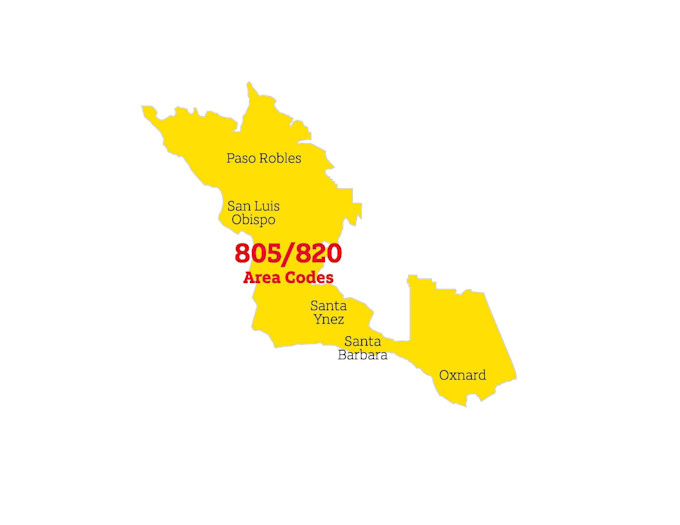Navigating the complexities of lawsuits and court proceedings can be a daunting task, especially for those unfamiliar with the legal system. The Santa Barbara Court, located in the heart of California’s beautiful Central Coast, serves as a vital institution for resolving disputes and administering justice. Whether you’re a plaintiff, defendant, or simply an interested party, understanding the inner workings of the Santa Barbara Court can help make the lawsuit process less intimidating.
To begin with, it’s essential to grasp the different types of cases that are typically heard in the Santa Barbara Court. These may include civil matters such as contract disputes, personal injury claims, and property damage cases, as well as family law issues like divorce, child custody, and spousal support. On the criminal side, the court handles a range of cases from misdemeanors like DUIs and petty theft to more serious felonies like assault and burglary. Recognizing the specific category of your case can help you better prepare and understand what to expect throughout the process.
One of the first steps in navigating a lawsuit in the Santa Barbara Court involves filing the initial paperwork. This usually includes a complaint, which outlines the plaintiff’s claims against the defendant, and a summons, which formally notifies the defendant of the lawsuit. It’s crucial to ensure that all documents are properly completed and submitted within the required timeframe to avoid delays or even dismissal of the case. The court’s website and clerk’s office can provide valuable resources and guidance for those unfamiliar with the filing process.
Following the initial filing, the lawsuit will typically proceed through several key phases. The first of these is the discovery phase, during which both parties exchange information and evidence related to the case. This may involve depositions, where witnesses or parties provide sworn testimony, as well as the production of documents and other physical evidence. The discovery phase is critical for building a strong case, as it allows each side to understand the other’s arguments and prepare accordingly.
After discovery, the case may proceed to mediation or settlement negotiations. These alternative dispute resolution methods can provide a more efficient and cost-effective way to resolve the lawsuit, as they allow the parties to reach a mutually agreeable solution without the need for a trial. However, if an agreement cannot be reached, the case will likely move forward to trial. During the trial, each side will present their evidence and arguments to a judge or jury, who will then render a verdict based on the law and the evidence presented.
The Santa Barbara Court offers several resources to help individuals navigate these phases and the lawsuit process as a whole. For instance, the court’s self-help center provides assistance with filling out forms, understanding court procedures, and preparing for hearings. Additionally, the court’s website features a wealth of information, including court rules, forms, and FAQs, which can be incredibly helpful for those representing themselves or seeking to understand the process.
For those involved in a lawsuit, it’s also important to be aware of the court’s rules and procedures. This includes understanding the proper dress code and behavior for court appearances, as well as the procedures for submitting evidence and testifying. The court’s staff, including the clerks and bailiffs, are there to ensure that proceedings run smoothly and that all parties are treated fairly and with respect.
In conclusion, while navigating lawsuits in the Santa Barbara Court can seem overwhelming, understanding the court’s structure, the types of cases it handles, and the steps involved in the lawsuit process can make the experience less daunting. Whether you’re a seasoned litigant or just starting out, taking the time to educate yourself on the court’s procedures and available resources can help ensure that your case is handled efficiently and effectively.
Types of Cases in Santa Barbara Court

The Santa Barbara Court handles a wide range of cases, each with its unique characteristics and legal considerations. Civil cases, for example, often involve disputes between individuals or organizations regarding money, property, or services. These can include:
- Contract Disputes: These arise when one or more parties to a contract fail to fulfill their obligations, leading to a dispute over the terms or enforcement of the contract.
- Personal Injury Claims: These are lawsuits filed by individuals who have been injured due to the negligence or intentional actions of another party, seeking compensation for their injuries and related expenses.
- Property Damage Cases: These involve disputes related to damage to real or personal property, which can result from accidents, negligence, or intentional acts.
On the other hand, family law cases involve legal issues related to family relationships, such as:
- Divorce: The legal dissolution of a marriage, which can involve disputes over property division, spousal support, and child custody.
- Child Custody: Determining the rights and responsibilities of parents in relation to their children, including decisions on physical and legal custody.
- Spousal Support: Orders for one spouse to provide financial support to the other, which can be temporary or permanent, depending on the circumstances.
Criminal cases, however, involve the state prosecuting an individual for violating criminal laws, with penalties ranging from fines and probation to imprisonment. These can include misdemeanors like driving under the influence (DUI) or more serious felonies like assault or burglary.
Navigating Court Procedures
Understanding the court’s procedures is vital for navigating the legal system effectively. This includes knowing how to file documents, serve notices, and prepare for court appearances. The Santa Barbara Court’s website and the clerk’s office are invaluable resources for this information, offering guides, forms, and assistance for those navigating the system.
Moreover, being prepared for court involves more than just understanding the legal aspects of your case. It also means being aware of the court’s expectations for behavior and attire. This includes dressing appropriately for court appearances, being respectful to the judge, court staff, and opposing parties, and following the rules for submitting evidence and testifying.
Resources for Assistance
The Santa Barbara Court recognizes that navigating lawsuits can be challenging, especially for those without legal representation. To address this, the court offers several resources designed to provide assistance and guidance:
- Self-Help Center: This center provides assistance with filling out forms, understanding court procedures, and preparing for hearings. Staffed by experienced professionals, it’s an invaluable resource for those representing themselves.
- Court Website: The official website of the Santa Barbara Court is a treasure trove of information, featuring court rules, forms, and FAQs. It’s an excellent starting point for understanding the court’s procedures and how to navigate the legal system.
- Legal Aid Organizations: For those who cannot afford legal representation, legal aid organizations can provide critical assistance. These organizations offer free or low-cost legal services to eligible individuals, helping them navigate the complexities of the legal system.
Conclusion
Navigating lawsuits in the Santa Barbara Court, like in any legal system, requires a combination of legal knowledge, understanding of court procedures, and preparation. By educating oneself on the types of cases the court handles, the steps involved in the lawsuit process, and the resources available for assistance, individuals can make the experience less daunting. Whether you’re involved in a civil, family law, or criminal case, taking the time to understand the Santa Barbara Court’s structure and procedures can significantly impact the outcome of your case.
For those preparing to navigate the Santa Barbara Court system, it's crucial to approach the process with a clear understanding of the legal framework and the court's specific procedures. This includes being aware of the different types of cases handled by the court, the steps involved in the lawsuit process, and the resources available for assistance.
FAQ Section

What types of cases does the Santa Barbara Court handle?
+The Santa Barbara Court handles a variety of cases, including civil matters like contract disputes, personal injury claims, and property damage cases, as well as family law issues such as divorce, child custody, and spousal support. It also handles criminal cases ranging from misdemeanors to felonies.
How do I file a lawsuit in the Santa Barbara Court?
+To file a lawsuit, you will need to prepare and submit the appropriate documents, usually starting with a complaint and a summons. The court's website and clerk's office can provide the necessary forms and guidance on the filing process.
What resources are available to help me navigate the lawsuit process?
+The Santa Barbara Court offers several resources, including a self-help center for assistance with forms and procedures, a comprehensive website with court rules, forms, and FAQs, and legal aid organizations for those who cannot afford legal representation.
How can I prepare for a court appearance in the Santa Barbara Court?
+Preparing for a court appearance involves understanding the court's expectations for behavior and attire, as well as being familiar with the legal aspects of your case. This includes dressing appropriately, being respectful, and following the rules for submitting evidence and testifying.
What are the benefits of using the Santa Barbara Court's self-help center?
+The self-help center provides valuable assistance with filling out forms, understanding court procedures, and preparing for hearings. It's an especially helpful resource for those representing themselves, offering guidance and support to navigate the legal system effectively.
In conclusion, navigating the Santa Barbara Court system requires a comprehensive approach that includes understanding the court’s structure, the types of cases it handles, and the resources available for assistance. By taking the time to educate oneself and prepare thoroughly, individuals can make the lawsuit process less intimidating and increase their chances of a successful outcome.



